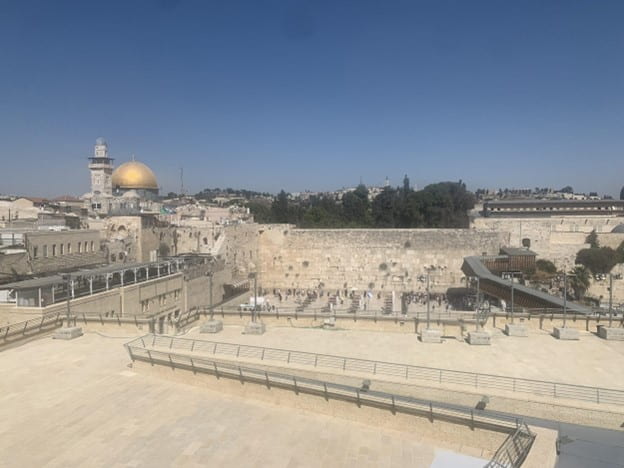King Hezekiah water tunnel, Gihon spring, overall ancient city water supply
By Destiny Lara, Charis Lee, Peter Pinder
Our trip’s third day in Israel involved a tour of Jerusalem’s City of David where we immersed ourselves in the ancient beauty of the city while learning how two major factors (water and religion) impacted the human geography of this multi-layered and complex city during different phases in history. We began the day observing the ingenious and audacious initiatives of ancient architects and engineers to satisfy the necessity for water in the ancient city. Throughout the day, we walked through the neighborhoods and observed how sites of religious significance integrated themselves into the geography of this interesting and complex community in the past and present.
The spring tower is a large stone tower built 3,800 years ago in the ancient city of Jerusalem. It was designed to protect the Gihon Spring which flowed at the base of the tower through a channel to a pool nearby. At times of war, residents retrieved water by descending a path protected by two huge walls. This vital source of water has been the lifeblood of the City of David, and the center of engineering marvels within the city.
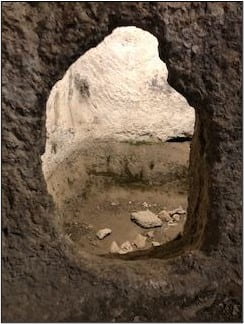
The image shows a photo taken at an archaeological site in the City of David believed to be a cistern at some point in history
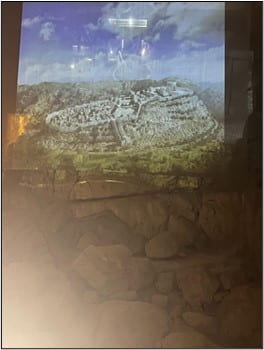
The image above is a projected portrayal of the City of David above original stones from the spring tower courtesy of City of David National Park
One of the more impressive engineering marvels the group discovered was the King Hezekiah Tunnel. This water tunnel was carved in the City of David around the seventh century B.C. The tunnel is 533 meters long and was used to bring water from the upper spring of Gihon to a reservoir within the city limits. The tunnels were built because the city was expecting an attack by the Assyrians and wanted safe access to their water source. The time to complete the tunnel is unknown but there were two groups of carvers; one that started within the city walls and one that started at the spring. The two carved the tunnel in an S shape and met in the middle.
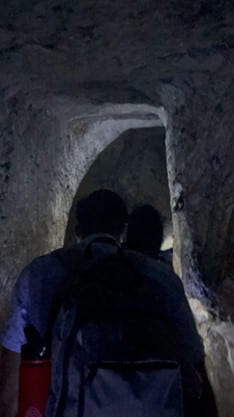
An image captured by a group member following another in the narrow passage of King Hezekiah’s (water) Tunnel.
Another aspect of the discussion of water in Jerusalem that struck us was the religious significance it holds and has held for several centuries. Our tour guide showed us a portion of a mikveh, which is a bath used in Judaism to ritually cleanse oneself. The Hezekiah Tunnel supplied water for that specific mikveh, reflecting its importance in ancient culture. Moreover, the tour guide mentioned how Jewish practitioners must wash their hands in a specific manner before and after meals, further displaying water’s importance. In Islam, practitioners have to cleanse prior to entering a mosque, while in Christianity, baptism is an essential part of publicly proclaiming one’s faith. Moreover, being able to view famous religious sites such as the Western Wall and the Church of the Holy Sepulchre was quite a unique and fascinating experience.
The Church of the Holy Sepulchre receives water from the Gihon Spring, which is essential for holy ceremonies, further emphasizing water’s centrality in religion. On a separate note, the presence of various sects of Christianity in the Church (6-7 represented) was interesting to see, as it seems to unite the faith in a way.
Reflecting on the day as a whole, the religious significance of the various holy sites was visible in the sheer number and distant origins of the pilgrims coming to observe them. In terms of water, it’s fascinating how the carvers knew where to meet. We are curious to know how the point to meet was determined and how they traced that direction whereas, even with modern technology, such precision is a result of luck.
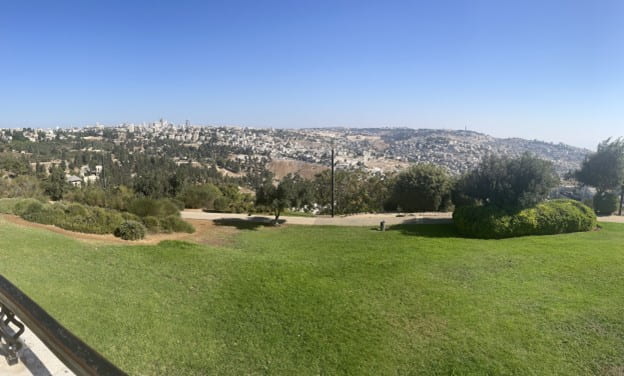
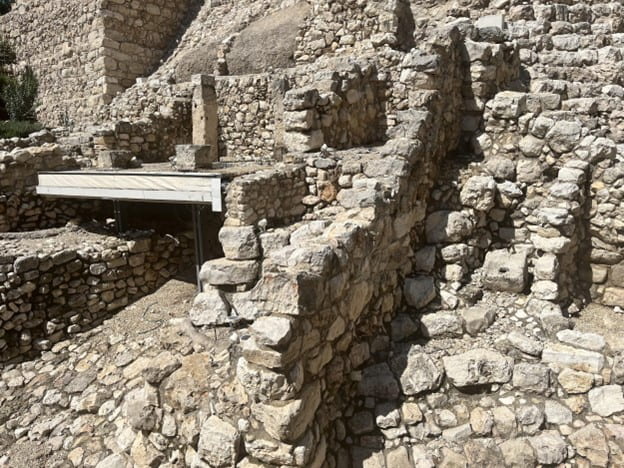
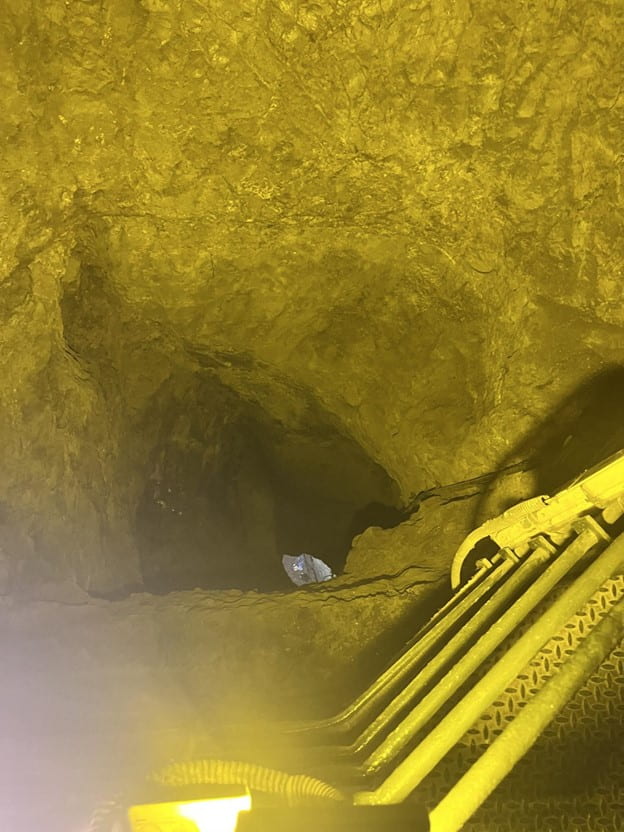
The Global Engineering Trek (GET) to Israel is jointly organized by the Northwestern Center for Water Research (NCWR) and the Israel Innovation Project (IIP). This program is focused on the topic of water (GET Water-Israel) and is offered to all first- and second-year Northwestern undergraduate students. GET Water-Israel is co-sponsored by McCormick Global Initiatives, the Institute for Sustainability and Energy at Northwestern (ISEN), the Crown Family Center for Jewish and Israel Studies, NCWR, and IIP.

